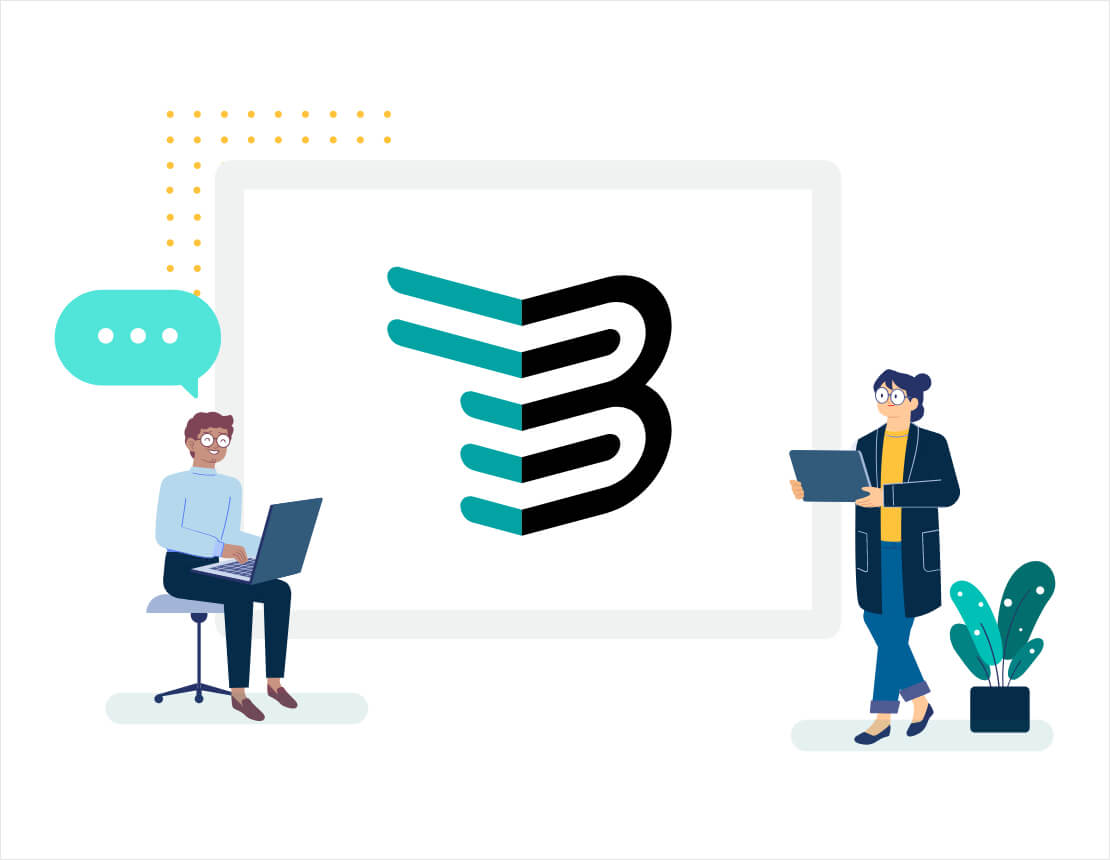Due to Covid, an increasing number of companies are investing in cloud-based digital technologies to drive greater efficiencies for a remote work force, mitigate newly found supply risks, while identifying and realizing cost savings.
Choosing the right cloud-based spend management solution for your organization can be challenging. Implementation is a complex process in itself, with many important steps to take before the new system is in place. Supplier enablement is critical to successfully implementing a new cloud system, making the supplier onboarding process – and supplier data management – especially important.
From contact information to pricing to contracts, clean data is crucial to keeping procurement and sourcing processes running smoothly. But just because data is available doesn’t mean it’s always useful.
To make sure that your next spend management system’s implementation is not delayed and/or goes over budget, follow this five-step game plan during supplier onboarding of your next cloud spend management solution.
1. Choose your players
First, you’ll need to choose which suppliers you’d like to bring to your new spend management system. To do so, you will need to develop criteria for how you will decide. Once you know which rules need to be applied to begin building your list, you can begin the supplier selection process.
To avoid complications, you will want to know the full list of suppliers before beginning the implementation. Get senior management buy-in and stakeholder support. Make the business case, and get the time, money, and resources you need.
2. Organize the list
Once you have the list of suppliers that you’d like to bring to the spend management system, you’ll need to ensure that all of your supplier contact information is up-to-date. This is a time-consuming yet crucial process to ensure that you begin with an updated supplier database.
Based on our experience, organizations that delay this effort and think that the data will just magically be cleansed during a S2P implementation tend to get frustrated as their implementation tends to take much longer than expected and struggle to enable the amount of suppliers they expected.
You should also strategically segment suppliers based on things like volume and spend. For example, a high-volume segment would use large catalogs, EDI, cXML, and other complex integrations. A low-volume segment would use supplier portals and emails.
3. Craft your pre-game speech
The success of your implementation relies on how well you communicate the changes to your suppliers. Create a detailed communication plan that includes messaging before, during, and after the implementation of your new cloud system. Your messages should build a sense of urgency and excitement about the implementation, as you’ll want suppliers to get on board with the change as quickly as possible.
To incentivize suppliers to adopt the new system, your messaging should clearly state how it’s beneficial to them. Will it mean faster payment? Will it save them time? Sharing the value proposition will help encourage suppliers to actively participate in the onboarding process. Your messaging should also be targeted and uniquely tailored to each supplier segment, as this will also help encourage adoption.
4. Create your playbook and define responsibilities
Once you have a communication plan in place, it’s necessary that you determine who is responsible for what during the implementation stage. How will the tasks be divided between you, your implementation partner, suppliers, and the software provider? What are the project deadlines? Because supplier onboarding is such a vital part of implementation, it’s important that you clearly outline each stage of the process. This will hold all parties accountable, including your suppliers, and avoid unwelcome surprises or project launch delays.
Make sure that you’re working with the most reliable and complete data, and your next project will be much, much easier and deliver far better results. Data that isn’t clean, isn’t updated, or comes from different sources can result in missed procurement opportunities and high administration costs.
5. Do this step first, it will make the previous steps much easier
Were you getting discouraged due to all the work in front of you? What if you could plug into a platform with all your vendor data already cleansed? Let’s be honest: Keeping supplier data up-to-date can be a bit like herding cats. For those vendors that comply, few keep it updated as there are too many systems and clients that require it. If only there was one system that you could plug into good, clean supplier data to fuel your S2P platform that maintained all of your supplier data and did all the work for you and your suppliers.
Enter TealBook. TealBook’s Supplier Data Platform is a data foundation that provides clean supplier data and up-to-date information to power e-procurement transformation. The platform efficiently gathers, authenticates, and enhances your supplier information, whether in bulk or on-the-fly, across various data lakes, applications, and systems.

